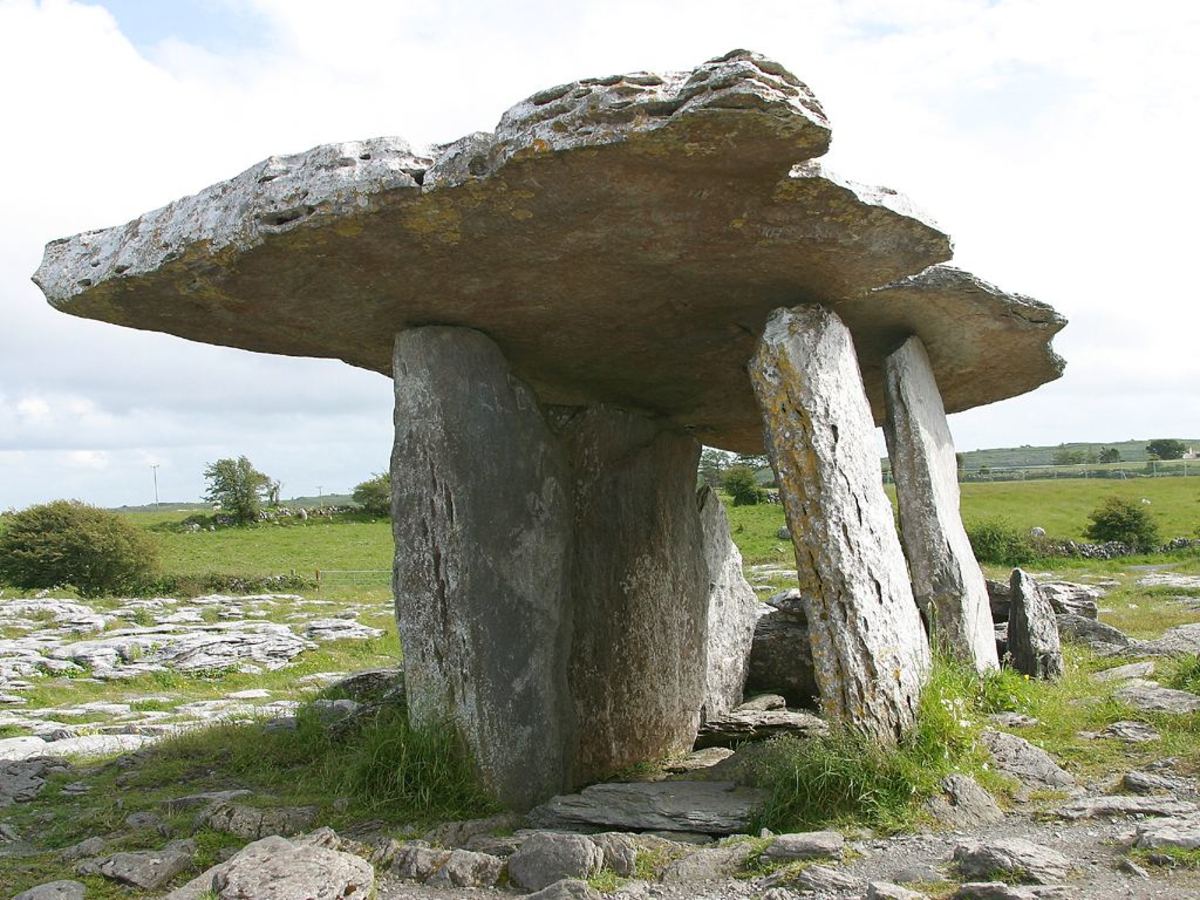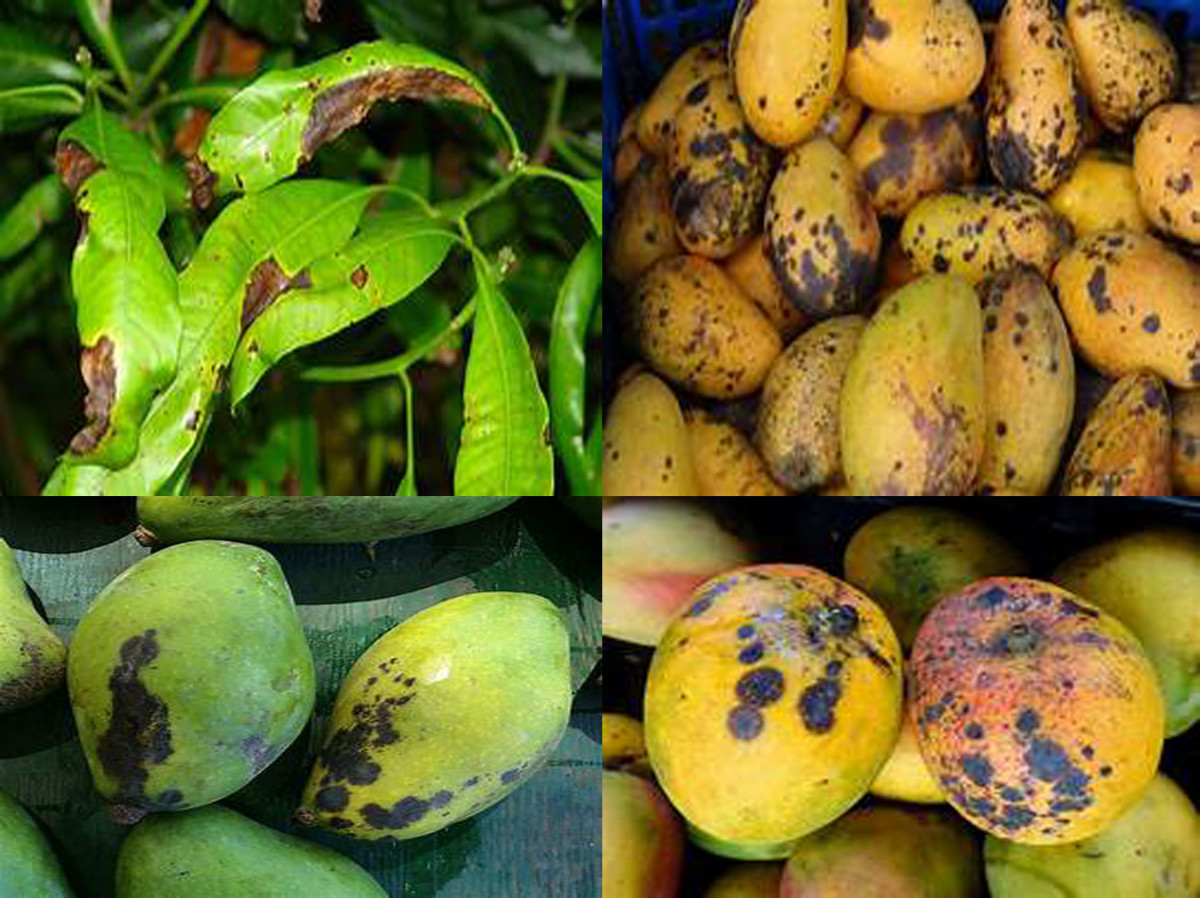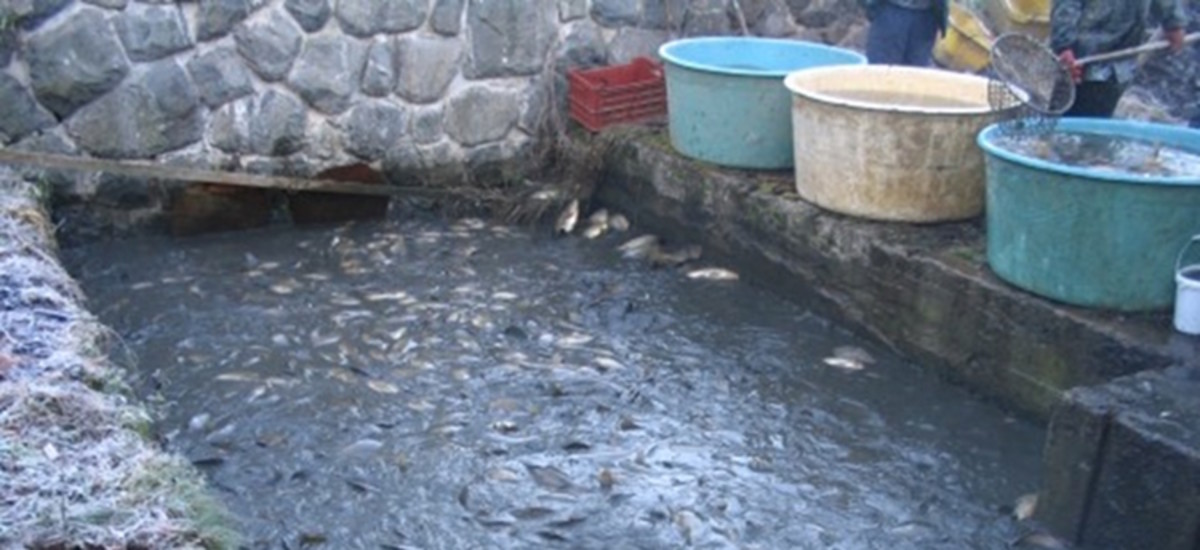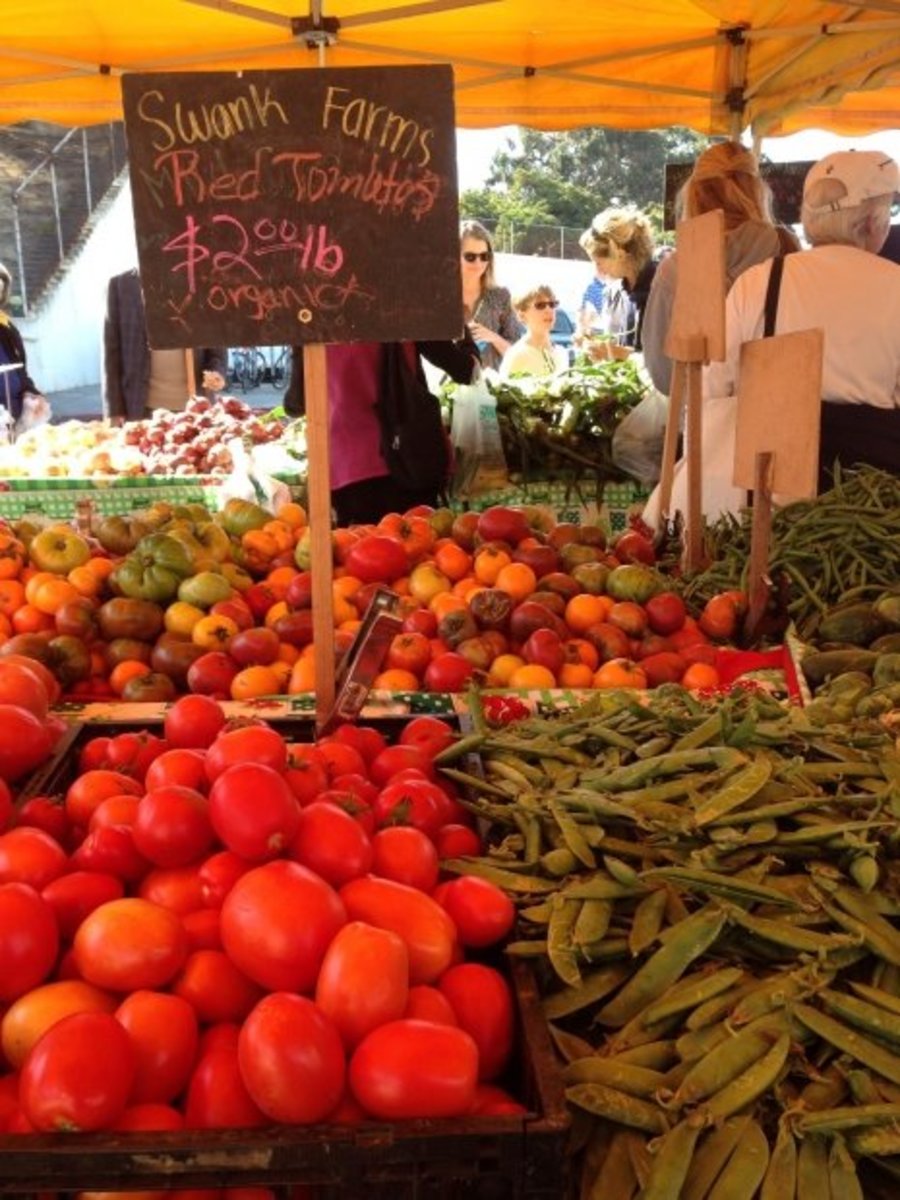Effects of Agriculture
Are there any Effects of Agriculture
Within a few thousand years after people first began to raise animals and crops, agriculture had set in motion a series of events that completely changed human culture and altered the natural environment. Much of this transformation can be traced to one fact, Agriculture supplied enough food to make it possible for larger groups of people to live in smaller areas. A hunting-and-gathering way of life had usually meant moving in small groups with the seasons in search of food. But when people evolved to a more settled existence in villages, more .complex governments were required for social control. Trade and conflict grew, health worsened, and new technologies were invented.
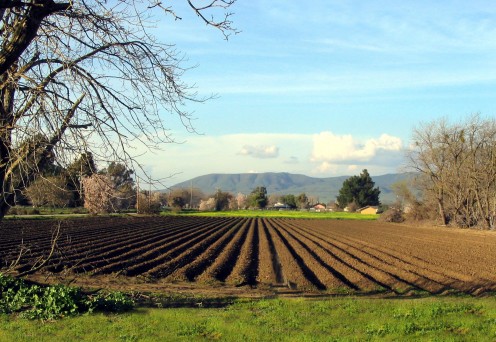
Demographic Effects
During the Mesolithic Age, most environments could support only small people. It is true that some environments rich in resources have fed hunting-and-gathering settlements with large population with large populations. The best known examples are the large communities of the American Northwest coast, which thrived on fish and shellfish. But the carrying capacity of most environments kept human groups small. The population of the entire Tehuacan Valley before about 9,000 years ago, for instance, is thought to have been no more than 12 to 24 people. Twelve thousand years ago, the world population was perhaps 5 to 10 million. When seen against the background of the gradual increase throughout the 2 million years of the Pleistocene, the last 12,000 years represent a population explosion.
Agriculture led not only population growth but also, far more importantly, to increased population density. Hunter-gatherers generally needed a large range in which to draw on a variety of foods. Agriculture concentrated the food in nearby fields in the form of crop plants that were much more productive than wild varieties. This allowed settlements to become larger and closer together.
The adoption of agriculture not only raised the ceiling on population size, but also may have reduced the death rate among infants and the elderly. Soft foods such as animal milk and cereal must have added to the possible diet of the toothless. There is not, however, any firm evidence that life expectancy improved during the Neolithic. Men lived an average of 31 to 34 years, and women lived an average of 28 to 31 years.
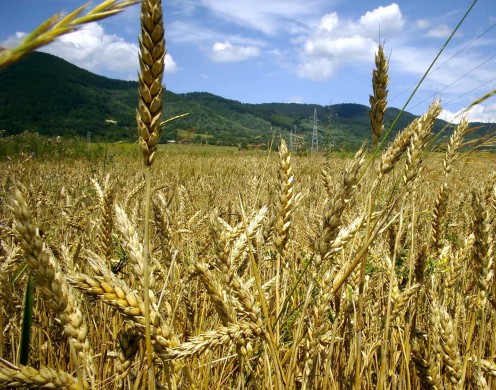
Changes in Social Organization
The advantage of being able to store surplus food tended to lead, according to some theorists, to increasing inequality in agricultural societies. In early agricultural groups there was a change in the way food was gotten and surplus food redistributed among the members of the group. Hunter-gatherers tend to have less complex political systems members of the group have more equal access to available material and social rewards. Among hunter-gatherers food sharing is based on kinship. But in agricultural groups some people, perhaps on the basis of their age or position within the kin group, began to take charge of food distribution. The more productive the society, the more complex the redistribution system, and the more control the leader(s) attained. As populations grew, the leadership, because of prestige and power associated with the role, became more powerful. The position also became institutionalized - that is, the leader became dependent for power not on personal traits, but on custom and the office itself.
With agriculture came not only more complex governments and economies, and greater differences in power within a society, but also a change in the division of labor. In hunting and gathering societies, sex, age, and, natural ability were probably the only factors affecting how work was divided. In larger groups, however, other factors, such as inherited status, began to play a role. Some people in farming groups spent part of their time at crafts such as pottery making or woodworking. In more complex societies the most skilled workers became full-time specialists.
Agriculture ultimately influenced the role of the sexes in society, as well. At first the division of labor by sex was probably not much affected. Men continued to perform the most strenuous tasks such as hunting and adopted forest clearing, herding, and plowing. The women probably added weeding, harvesting, and food preparation to the task of plant collecting. But as population pressures increased the need for more intensive cultivation, the role of women in agriculture decreased. With it, status may have fallen as well. The status of women tends to be high when they do most of the agricultural work, as among the Iroquois Indians of the American Northeast before the European invasion. Where women are less active, they ,are valued as mothers only. One study suggests that when women's contribution to subsistence is about equal to that of men, their status is highest.
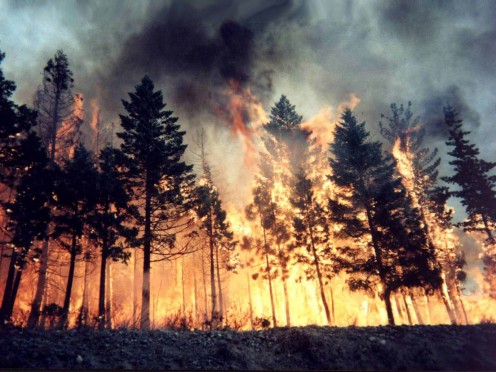
Conflict and Trade
As population densities increased, and people began to produce more food and goods, war and trade among different groups became more common. Although there was almost certainly conflict in pre-fanning days, groups were too spread out for the violence to become systematized warfare. But the massive walls of Jericho, probably built soon after it became a farming settlement, and the cliff dwellings in the American Southwest show how much early farmers felt they needed to be defended. For warriors, the incentives to launch raids were greater than ever before. The spoils of war took the form of food, slaves, animals, and resources such as mines and irrigated land.
As the demand for the products of farming communities increased, so did peaceful means of obtaining them. Trade became more elaborate and, for the first time, institutionalized markets were set up and middlemen, who sold the goods carried by others, appeared on the scene. It was not long before flint, amber, obsidian, food, and manufactured goods such as pottery were traded between regions and communities.
War and trade both helped bring about radical changes in the distribution of the physical traits of the world's populations. More contact between people increased gene flow and began to break, down group differences. The trend heightened as food producers grew in number and expanded their territory, displacing or intermingling with other culture.
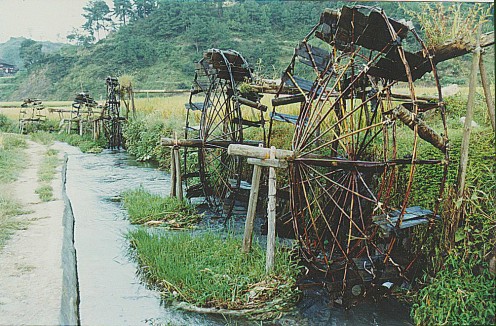
Inventions and New Technologies
Continual population pressure resulting from the production of more and more food provided an incentive to find still more efficient ways of using the land and other resources. News of discoveries and breakthroughs spread relatively quickly because of the increased travel of this time due to trade and war. As a result the rate of innovation rose dramatically. Inventions of the age include the wheel and sails, both of which were present by at least 5,300 years B.P. in Mesopotamia. Animals were harnessed for transportation and for plowing the fields. And pottery allowed long-term storage of some foods. It also expanded the variety of foods that could be eaten, since they could now be prepared and cooked in a number of new ways.
Numerous new technologies were developed at this time, as well. Irrigation greatly improved crop yields. In canal irrigation, channels several feet deep brought water from rivers to the field. In pot irrigation, pots were used to draw water from shallow wells for use in watering the crops.
In some regions, new heavy cutting and chopping tools such as axes, adzes, hoes, and other tools used in felling trees and tilling the soil were developed. And just about everywhere, new ways of changing the properties of natural substances were found. Kilns transformed clay into wear-resistant pottery. Metals were produced after the basics of smelting were learned. And people discovered how to change fruit and grain into delightful drinks by allowing the raw materials to ferment.
All of these inventions and technologies, except possibly the last, contributed to an enormous increase in the efficiency with which humans could change their environment to support themselves. As this ability increased, so did population, thus redoubling the pressure to invent and to discover.
Recommended Articles on Agriculture
- Types of Agriculture
Agriculture is one of the most widespread activities in the world, but its character is not uniform throughout. A number of scholars have attempted to identify various types of agriculture. - Types of Farming in India
In India, different physical, climatic and soil conditons led to different types of agricultural practices. Humid Farming, Irrigation Farming, Dry Farming, etc... - Agriculture and Importance of Agriculture
Agriculture is one of the most important primary activities of man and it is the basis of food supply of the entire population of the world. Agriculture is very closely related the environmental conditions prevailing in an area. - Effects of Agriculture
Agriculture had set in motion a series of events that completely changed human culture and altered the natural environment.It supplied enough food to make it possible for larger groups of people to live in smaller areas.

